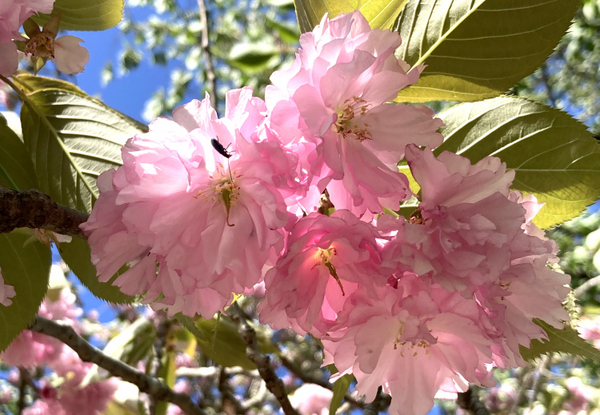Vegan Chirashizushi / Sushi Rice with Vegetables and Tofu ビーガン散らし寿司 [Recipes Spring 春レシピ]
日本語のレシピは ビーガン、ベジタリアン情報満載の Hachidory から ご覧下さい。
The season of pink, yellow and green has arrived !
What a splendid world !!
Just a few weeks ago, the world I saw was the color of a kind of monotone and the air was so tight and cold.
It is as if the nature has a magical wand to cast a spell.
I must enjoy this short precious period to my heart’s content !
Going outside and strolling is the best way to feel the spring air.
There’s another way for me to enjoy the spring at most.
What do you think it is ?
It is cooking.
Cooking something very springy !
Cooking with the wild plants that I foraged.
I enjoy the moment that I feel the spring on my cheek and look at those wild plants.
Honestly to say, I sometimes feel guilty to pick them up. I always try not to pluck them to keep their roots untouched except the plant called Nobiru which is so powerful and strong and keep growing by creeping under the soil.
Nobiru's roots are tasty, and I feel like I'm also getting stronger like them whenever I eat them..
The recipe that I am introducing today is something I created to express the joy of spring season.
For this recipe, you do not need the wild plants to replicate it.
You can make it with the ingredients that you can probably find in the grocery store.
“Chirashizushi” means scattered sushi literally.
Usually a several kinds of raw fish are scattered on the sushi rice, but my vegan version, of course, is no usage of fish, so uses vegetables and tofu instead.
It is absolutely suitable for “Hinamatsuri” festival (Girls Festival or Doll’s Festival), which is also called “Momo no sekku” (Peach Blossom Festival).
“Hinamatsuri” is supposed to be celebrated on March 3 of the lunar calendar, which falls on Aril 11 this year.
So why don’t you try it, and celebrate this special occasion with your friends or family.
It is a good idea to let the all the dolls you have at your home such as stuffed toys or figurines join you while you are celebrating.
Hina dolls that my daughter made with the clay
when she was in elementary school
Hina dolls that I made with origami paper.
You can know more about Hinamatusri from my previous blog.
I must admit that the preparation for today’s recipe is not so simple and you might find it is time consuming when you tried it.
But it is worth spending time as everyone, especially kids and girls get excited when they see it on the table, and become happier when they put it into their mouth.
Dandelion Salad and Dressing タンポポサラダ [Recipes Spring 春レシピ]
日本語のレシピは ビーガン、ベジタリアン情報満載の Hachidory から ご覧下さい。
You may not be so familiar with the wild plants and not know the names of many of them.
But I guess many of you know this.
Dandelion.
Its bright yellow color and the way it blooms on the ground always brighten our hearts.
What is good about dandelion is not only it pleases our eyes and hearts, it can be a free healthy food too !
Like the other types of green leafy vegetables, the leaves of the dandelion is rich in vitamins and minerals and the flowers have nectar.
The root has medicinal effects such as reducing inflammation, lowering blood pressure.
It is also considered effective to increase the milk production for the mothers with newborn babies.
When it is roasted, it can even turn to a substitute for coffee.
I am going to share a simple salad and dressing recipes using dandelion’s leaves and flowers with you today.
So try them if you have dandelions around your place.
In some parts the flowers may already have finished, but you can still make and enjoy this salad with leaves only.
There are two things you need to be careful when you pick up the dandelions in Japan.
The pesticides may be used for the ones found on the roadsides. Therefore avoid picking up from the roadsides especially if you live in the busy town.
We usually can’t tell the difference from the glance, but there are non-native species and native species.
Nowadays the non-native is dominant and the native one is scares. This means the dandelions you are seeing are most likely non-native ones.
If you encounter the native one by chance, try not to pick it up.
Non-native dandelion.
You can see the lower parts of the bract are bending backwards.
Native dandelion.
You can see the bract is tight with no bending backwards parts.
Amanatsu Orange Jelly, Vegan 甘夏みかんゼリー [Recipes Spring 春レシピ]
日本語のレシピは ビーガン、ベジタリアン情報満載の Hachidory から ご覧下さい。
Sakura, Sakura, Sakura……..
The cherry blossoms greet me everywhere these days.
Sakura is such an elegant flower.
It absolutely impresses most of the people when they are fully blooming, and captivate their hearts.
I am certainly one of them.
There are so many songs singing about it or connecting to it.
There are also many beautiful expressions using the word, Sakura, and also the words implying Sakura using just the word “Hana / flower” in Japanese language.
In music, in literature, in arts, Sakura is one of the most popular themes.
It plays an important role in my cooking too.
Kaidozakura cherry blossom
I preserve the pink color petals in spring and use them all the year round to entertain the guests from around the world because I know that the cherry blossoms associate with Japan for some of them, and they, especially the ladies are happy to see them in my cooking. (But for Japanese, it often gives the impression of out of season if I use them in other seasons, so I use them only in spring for them. )
You can check some of my recipes of those from here.
Sakura Dango / Sakura Dumplings
Today’s recipe is not Sakura recipe though.
It is “Amanatsu Mikan Jelly / Agar jelly using two types of oranges”.
Amanatsu is a citron which is bigger and tastes sourer than normal Japanese orange whose season is the winter.
Some Amanatsu are sweeter and juicier than others.
But for today’s recipe, you can use the sourer Amanatsu (even sourest one) that you may find it is too sour to eat.
By combining it with the 100% pure Mikan orange Juice, it creates the synergetic effect, and its taste turns out to much tastier.
Creamy Spring Pasta クリーミー春パスタ [Recipes Spring 春レシピ]
日本語のレシピは ビーガン、ベジタリアン情報満載の Hachidory から ご覧下さい。
Nothing is forever.
The spring has almost entered the last chapter.
The cherry blossoms, peach blossoms and rape flowers have gone.
But I can still meet the various kinds of spring wildflowers during my walk. They are not as obvious as the blossoms of the tress and often show their faces rather modestly as if they do not wish to be found by humans.
I love those tiny wild flowers.
I may love them most of all.
They always make me happy.
I often think I want to belong to them, and
I sometimes feel like I can belong to them sooner than later.
Anyway at this moment, I must embrace this precious season before it’s totally gone.
The blessings of the nature are not only those flowers but also the plants that please our palates and fill up our tummies.
“Takenoko” are born every day.
The above Takenoko was born in this bamboo grove near my home.
The word, “Takenoko” is translated to “bamboo shoots” in English, but actually it is a baby bamboo.
Once it penetrated the soil of the ground, it grows soo quickly and becomes a child in a few days and a teenager in a week.
The bamboo can be eaten only when it is a baby, so you can’t postpone digging it to the next day if you want to enjoy this delicacy.
During this season I am busy with the preparation of Takenoko as it is crucial to cook it as soon as possible in order to enjoy it at its most.
I added the newly harvested onion to today’s pasta.
The Japanese new onions are also delicacy.
It is juicy, sweet and it has silkier texture than the old hard onions.
And lastly but not least, the dandelions play an important role in this pasta recipe.
The dandelions are everywhere, and they are so energetic.
Unlike most of the other wild vegetables, they do not taste bitter, so they are easy to prepare, are versatile for various kinds of cooking. On top of that they can add the brilliance to the food as a decoration.
Not to mention, their nutritional values are considered amazingly high.
These are rare native Japanese dandelions.
Most of the dandelions we see now in the fields are non-native species as they easily prevail the local ones.
But luckily, I know the spot where most of the dandelions appear in spring season are native Japanese species.
Proceed to the recipe and enjoy the leaving spring before it will be out of your sight.
Sakura Onigiri / Cherry Blossom Rice Balls 桜おにぎり [Recipes Spring 春レシピ]
日本語のレシピは ビーガン、ベジタリアン情報満載の Hachidory から ご覧下さい。
The most beautiful season is here again!
The season of the pink and the yellow.
What is the pink for ?
It is for peach blossoms blooming on the trees.
What about the yellow ?
It is for the rape flowers blooming all over the field.
When they are blooming together in the same spot, the scene is astonishing.
The contrast of the pink and the yellow is so mesmerizing.
I feel like as if I came to Shagri-La whenever I see them blooming together.
Sakura, the cherry blossoms which represents the spring of Japan are also blooming.
They will be blooming next ten days or so.
There are many spots that I can enjoy sakura blossoms in my town.
The park near my home is surrounded by pink of sakura trees, and so is the lake towards the mountain.
So I have an urge to share the beauty of Japanese spring with you by introducing one of my recipes of sakura blossoms today.
In fact, sakura has many species and the most popular one which you may have seen somewhere in Japan before or in the movies is called “Someiyoshino”.
However the one we often use for cooking is not “Someiyoshino”. “Yaezakura” which has the layers of petals are normally used. The blossoms are marinated in the salt and preserved for future use.
Someiyoshino which is most popular and the predominant species among all the cherry blossoms has only five petals, so it is too thin and easily loses its shape and color when mixed with the salt. But Yezakura can retain its shape and color even it is mixed with the salt.
Yaezakura starts blooming when Someiyoshino have fallen from the tress. So it means that I can still enjoy sakura next two to three weeks. But Yaezakura is not as popular as Someiyoshino, and cannot been found so easily.
I have a neighbor who has many of the all the spring flowers and plants including peach blossoms, rape flowers and the both types of sakura. (Those pictures of peach blossoms and rape flowers above were taken at her property.) So I visit her big garden during this season and enjoy the beautiful scenery of the spring, and also pick the blossoms of Yaezakura. She even let me dig and pick the wild vegetables from there.
I am using those homemade sakura preserves for today’s recipe, “Sakura Onigiri/ rice balls”. But you can easily purchase the readymade preserved cherry blossoms online.
Try this easy recipe and feel and taste the spring of Japan !
_00001.jpg)
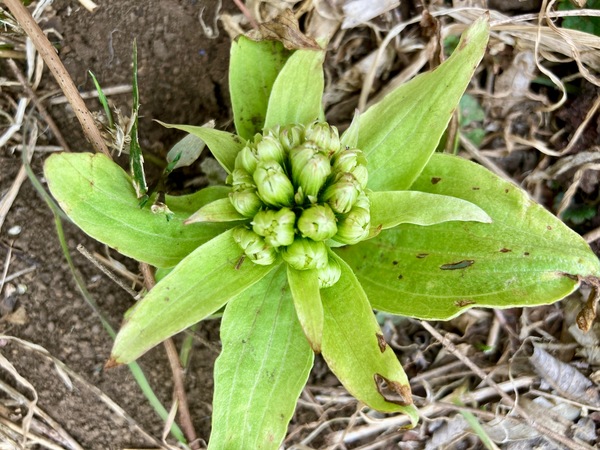
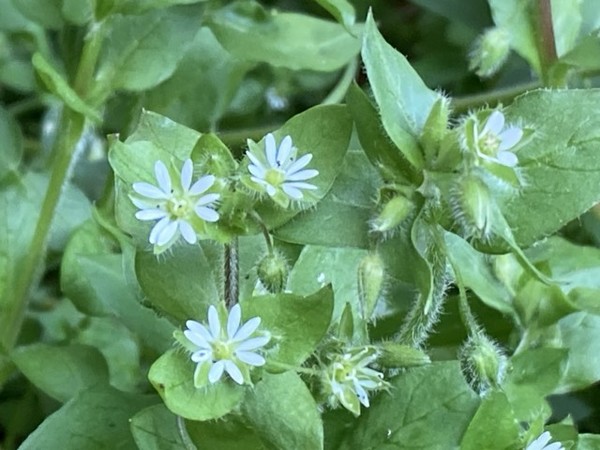
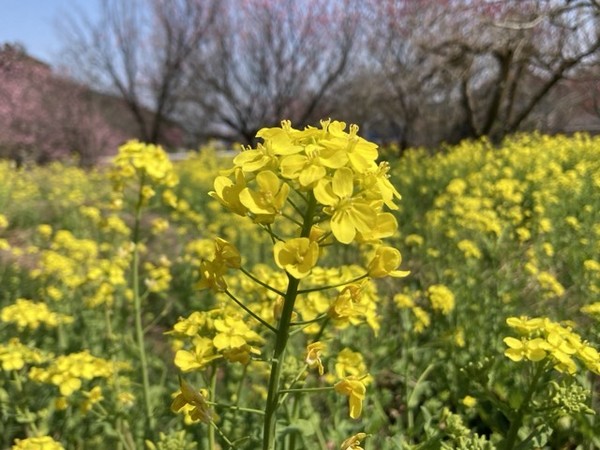
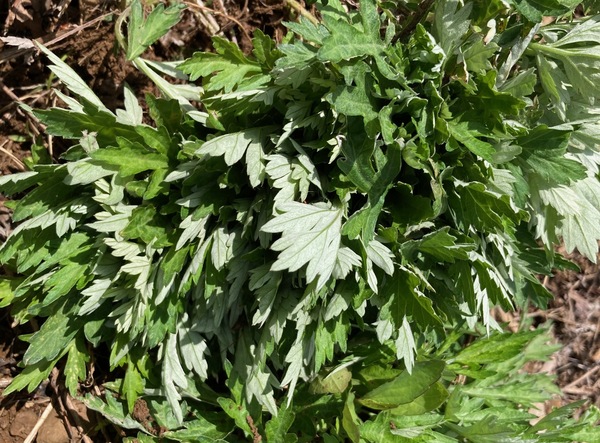
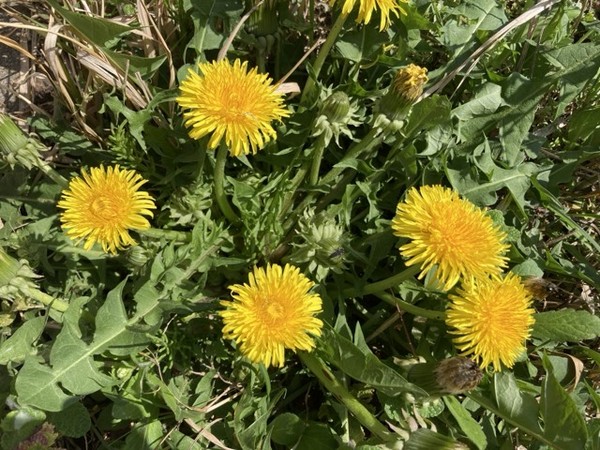
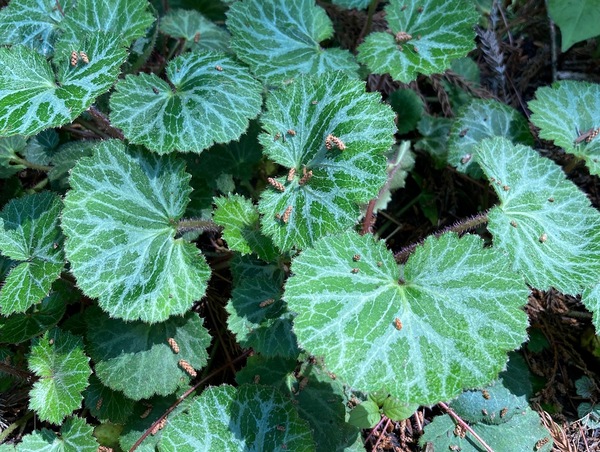
_00001-04f5e.jpg)
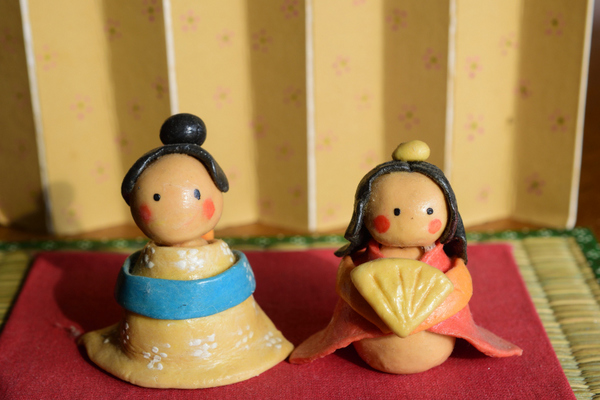
_00001_01_00001-96836.jpg)
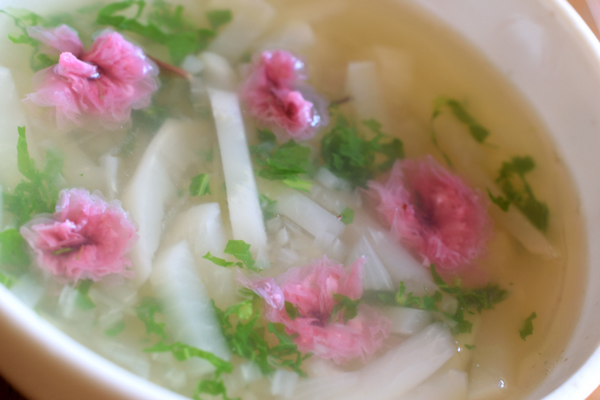
_00001-37347.jpg)
_00001.jpg)
_00001_00001-284b9.jpg)
_00001-a4317.jpg)
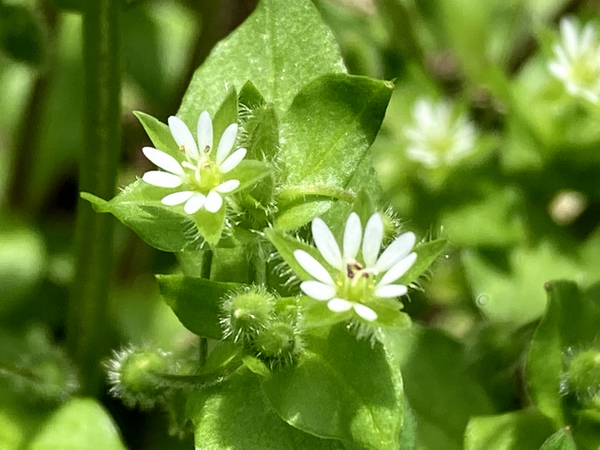
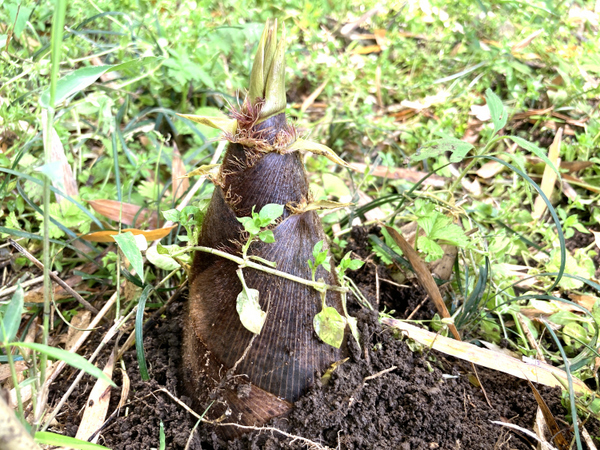
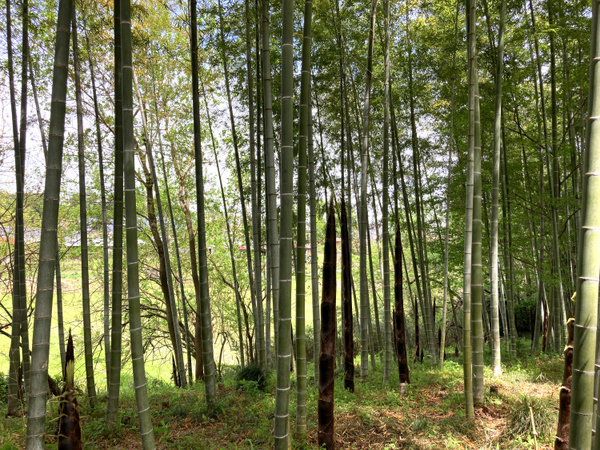
_00001-6a2d9.jpg)
_00001-e4a01.jpg)
_00001_01-efbae.jpg)
_00001.jpg)
_00001-34b69.jpg)
_00001-3a69b.jpg)
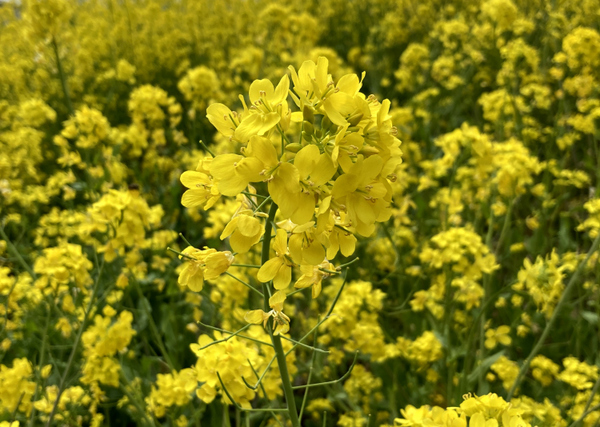
_00001_01_00001-abf5c.jpg)
_00001_01-21046.jpg)
_00001_00001-83061.jpg)
_00001_01-4aac6.jpg)
